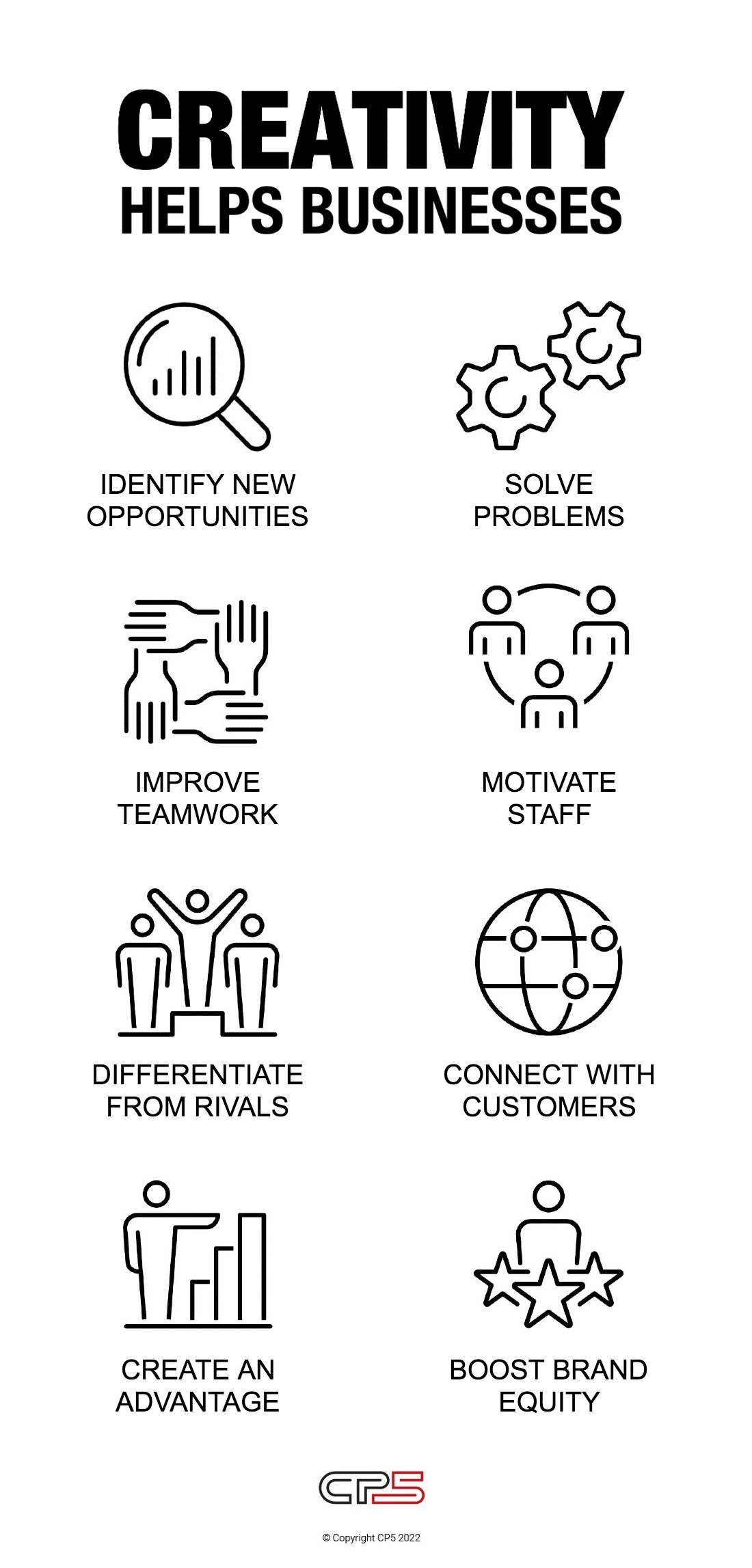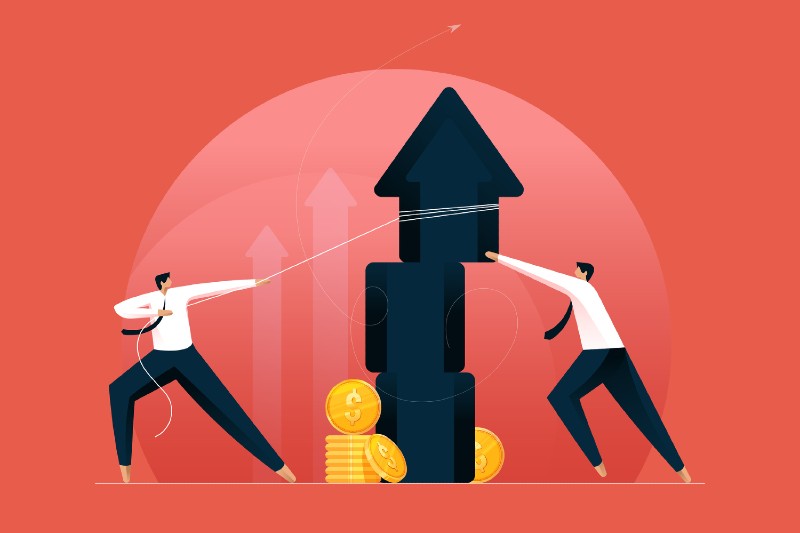The benefits of new ways of working and thinking are many and easy to understand; while the perils are few and easy to mitigate — once you know how
Neil Armstrong once said, “There can be no great accomplishment without risk.” Fast forward almost 55 years since the astronaut became the first human to walk on the moon, and such sayings epitomise the pioneering spirit of many high-flying sectors today. Think of finance. Tech. Pharma. And many others, including space itself.
Yet not all industries pose a significant financial or health risk to people or businesses. In fact most are comparatively risk-free. One of these sectors is the creative services. Yet consistently, brands seem to take very few creative risks, and are generally reluctant to try something new.
On the face of it, you can’t blame them. In-house marketing teams are as under the cosh as any other department when it comes to performance, and it makes sense to stick with what they know for fear of things not working out.
Sadly, one of the biggest stories of today is layoffs, and with these looming in almost all companies and across all industries, who in their right mind would want to rock the proverbial boat? Very few, it appears.

The business case
Yet the fact remains that there has never been a better time for you to take creative risks. New ideas and ways of working can solve a myriad of problems brought about by economic volatility and uncertainty.
Studies repeatedly show that being creative generates far greater positive experiences for customers and staff than more conservative activities and products. Internally, creative thinking empowers staff to identify new opportunities, and can lead to greater collaboration, more effective problem-solving, and better employee engagement, among many other positives. Externally, creativity enables brands to stand out from the crowd, helping to build an emotional connection with customers, create a competitive advantage, and capture greater brand equity.
Of course, the proof will always be in the financial pudding. Research by McKinsey & Company found that creative businesses are 67% more likely to achieve above-average organic revenue growth, and 70% more likely to post above-average financial returns. Studies by LinkedIn suggest that creative work is up to 20 times more profitable than standard output. And the World Economic Forum asserts that analytical thinking and. creative thinking are the most important skills for workers today. So what’s holding us back?

Inaction and indecisiveness
There are many roadblocks hindering brand creativity, especially when presented with ideas from external partners. Fear of staff members appearing ineffective is a common driver of indecisiveness, as too is the need to avoid confrontation with conservative bosses – as well as an unwillingness to work outside comfort zones. Plus, it’s not uncommon for colleagues and superiors to struggle to understand what’s meant by ‘creativity’, especially in the context of their business.
Education on the basics of what creativity entails is helpful. Simply put, it refers to the use of fresh new ideas and ways of working to improve output. Furthermore, offering proof that for leading businesses, creativity drives greater revenues, profitability and customer loyalty can go a long way to convincing naysayers. Yet still, not everybody will jump on board quite yet.
To these colleagues, perhaps ask them what type of company they want to work for. Is it one that prides itself on being cautious and conventional — or one that is seen to be innovative and forward-thinking? While there will always be companies that take pride in being the former, most aspire to be seen as the latter. And if there really is still no interest in doing things differently after this? Then perhaps it’s time to look elsewhere.

Partner ecosystem
It might also be that a brand already works with a creative partner, and is therefore reluctant to work with another. While this is admirable, relying on just one appointed provider tends to create further risk, and can even dampen real innovation. Instead, by increasing the number of service providers a brand partners with, you can de-risk your business, because they have an additional partner to turn to in the event that another is unable to deliver.
To this end, creating a partner ecosystem allows brands to leverage a wide range of views and capabilities. They also stand a greater chance of becoming the innovative and forward-looking company they aspire to be. Like planting seed pods in the spring, getting various creative partners to co-create new ideas and solutions typically moves the creative needle yet further.
A cautionary note, however. Make sure that all partners fully understand their role and set creative boundaries. On one hand, brands should not entertain partners fighting it out over the same project. For those like us who have experienced this in practice, it can impair trust and the creative process. On the other hand, a healthy dose of competition keeps your various partners honest.

Risk removal
Creative partners tend to carry two risks when working with brands. The first, delivery, involves submitting ideas and projects by a specific time and to a specific brief. It also refers to meeting client expectations in terms of standards and suitability as well. Should we fail to meet these needs, this could potentially delay projects and campaigns, and incur yet more costs for brands.
With regard to the second risk, reputation, there is always the risk that our ideas are seen by client customers as being inappropriate — or worse, that in co-creating the work, we have misrepresented the brand or its partners. While extremely rare in our industry, such errors can lead to some form of litigation.
At CP5, our experience and track record in storytelling, collectively spanning four decades, ingrains in us the concept of high standards and hard deadlines. We also have a good idea of what will be deemed appropriate, and in practice, we only quote reputable sources. Yet in the highly unlikely event that someone takes umbrage with our work, we are also covered by professional indemnity insurance that protects us against unintended acts of defamation or breach of duty. Quite simply, we have actively de-risked our service.

Insights and ideas
Narrative-driven strategy and storytelling is not rocket science. The rewards are many and easy to understand, while the risks few and easy to mitigate, once you know how. Yet where deep expertise is required is in the ideation and creation of stories, and planning how and where to deepen your narrative value.
Creating, controlling and driving the narrative is where we at CP5 add value to your market offering — and help you traverse that crowded last mile to your target audience.
New ideas and ways of working can improve your company performance, helping to grow both top-line and bottom-line growth. Yet be aware that the many benefits of creativity may not appear obvious for some — and may require some assistance in understanding each and every one of the steps. Again, we can support you in this area.
As an insights and ideas company, creativity is a core component of our offering to brands and fellow agencies. Combined with in-depth insights into the industries we serve, and with over four decades worth of experience in the editorial space, our award-winning storytelling supports brands as they turn their business problems into clear and actionable opportunities.

